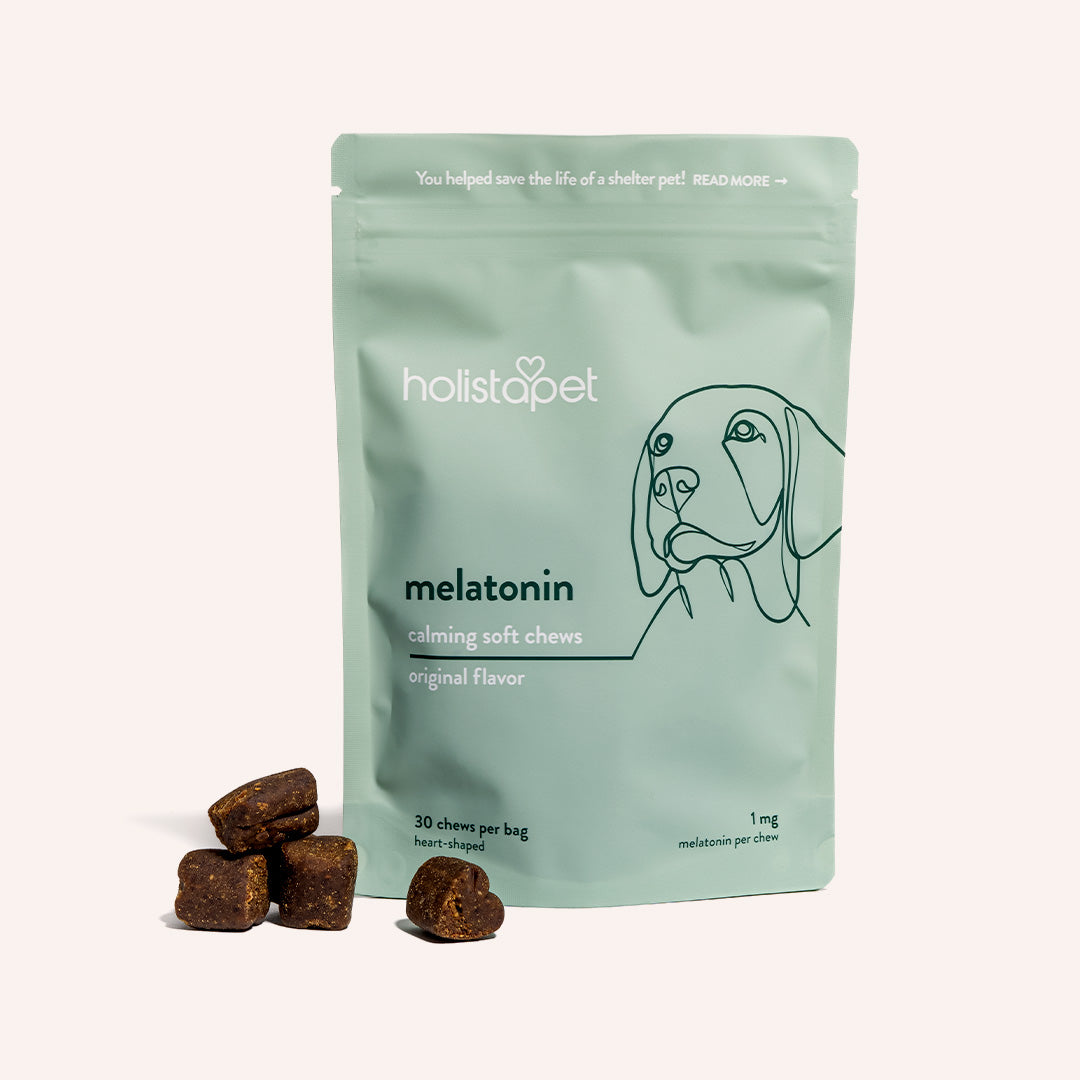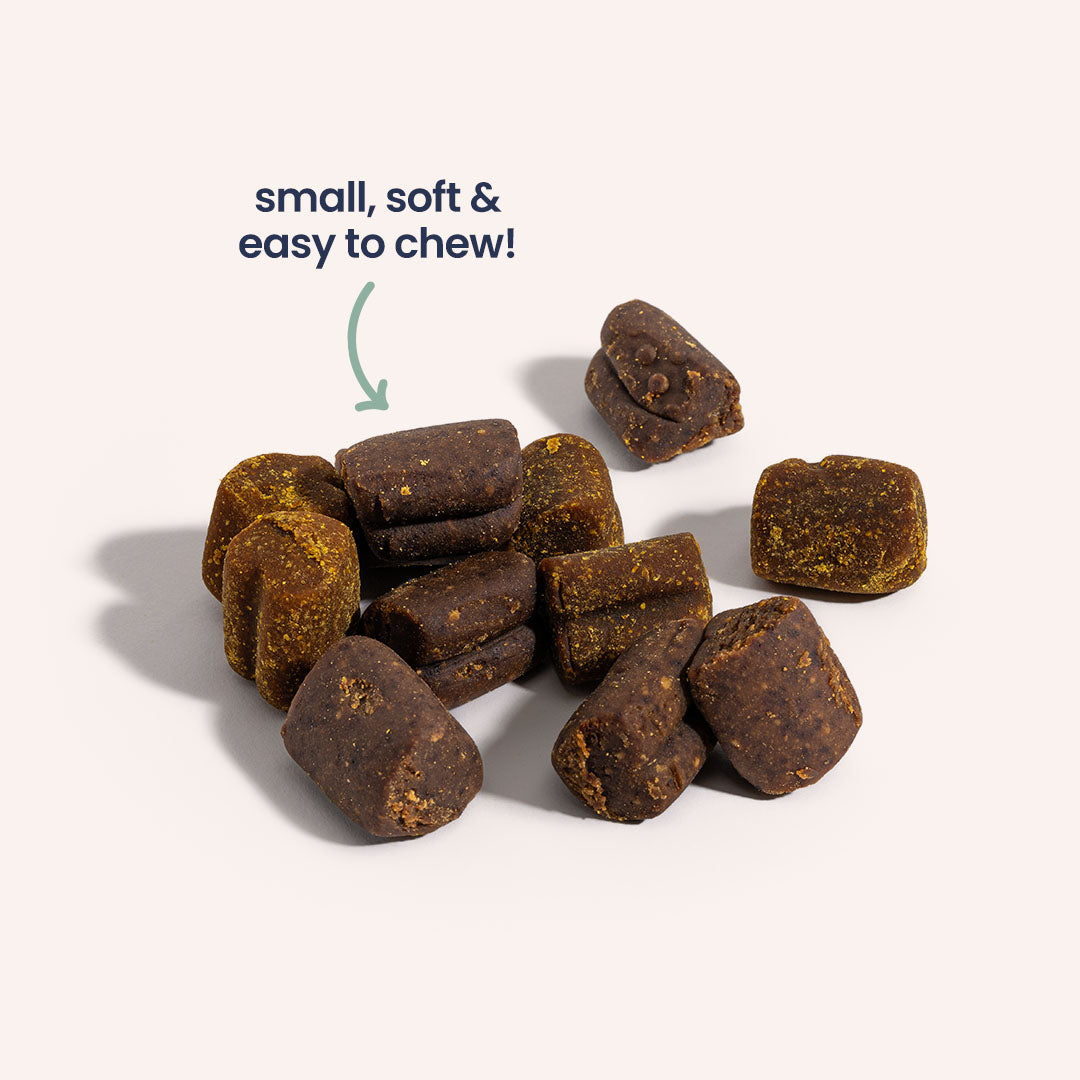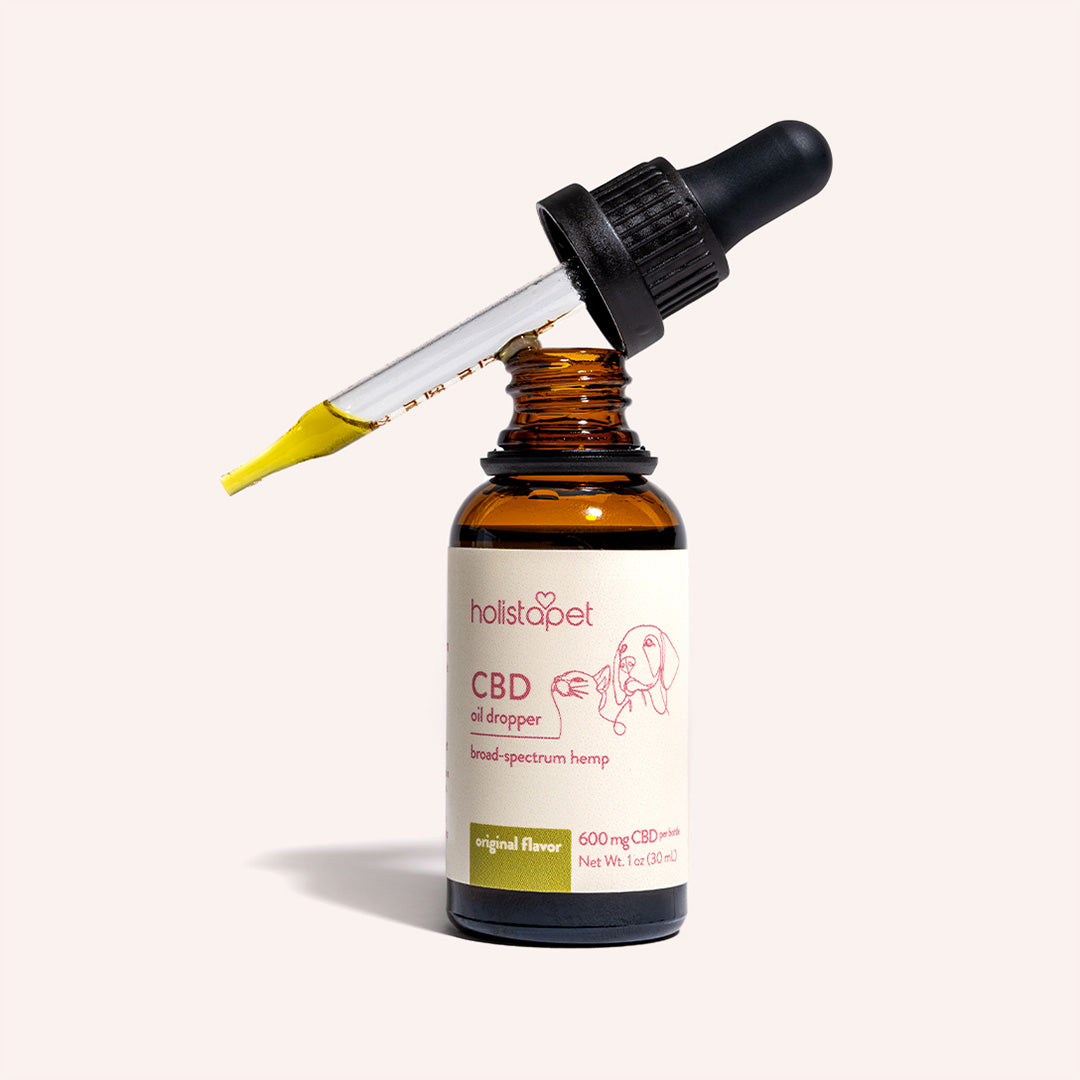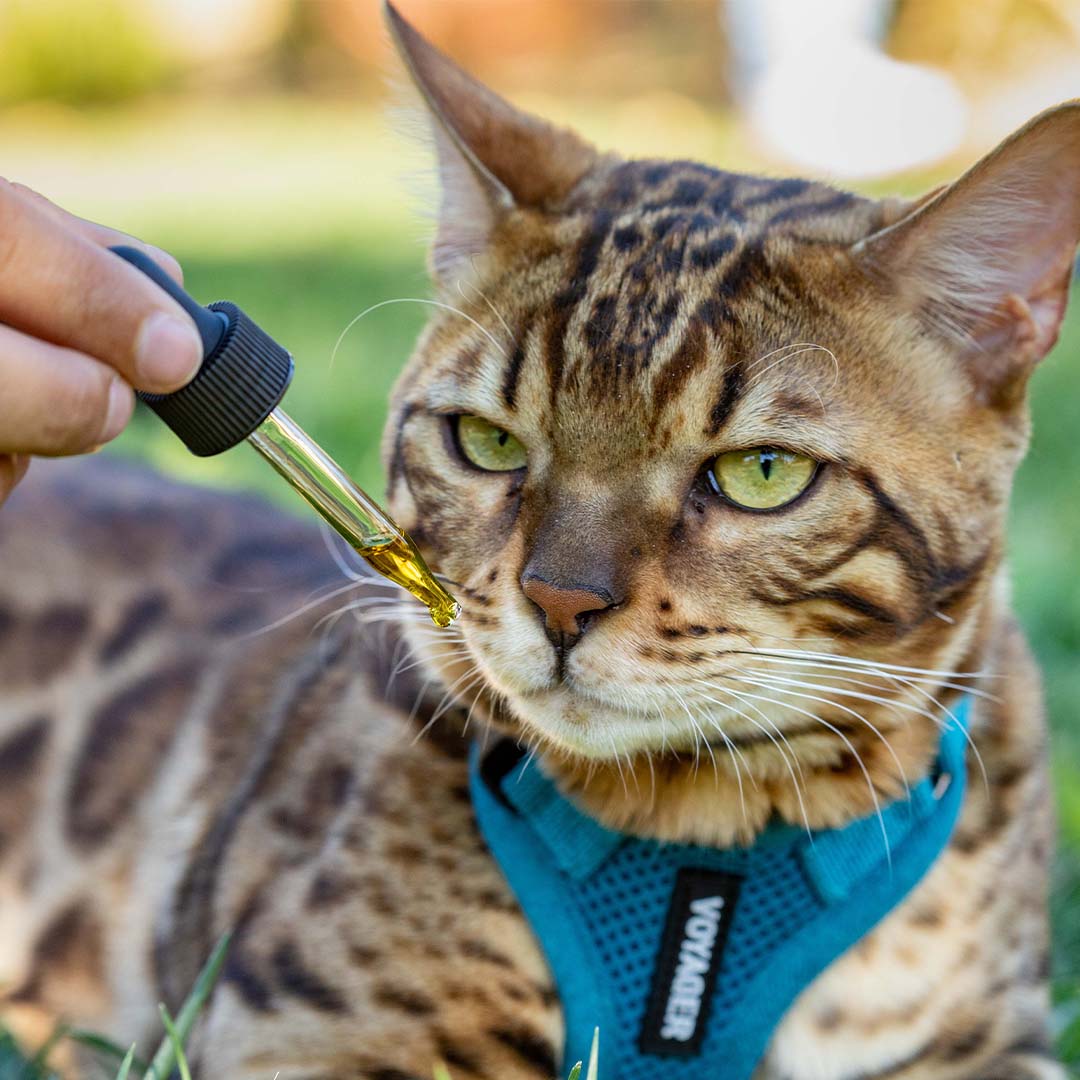Arabian horses have earned a top spot as one of the premier racing horse breeds in the world. But, there is so much more to this breed than meets the eye. Its stunning beauty and even temperament (as hot-blooded breeds go) have made it a top-of-the-line pick for breeding throughout history.
Originating in the Arabian Peninsula (surprising, we know), the Arabian has become one of the most recognizable horse breeds worldwide. With their distinctive head and high tail carriage, these proud steeds are near impossible to miss.
Arabian Horse Characteristics
Arabian horses were carefully bred for specific traits, including an outstanding ability to form strong, cooperative relationships with people. They are a powerful breed that is quick to learn, willing to please, and good-natured. The Arabian's extreme intelligence also allows them to quickly master many different riding styles. But, this exceptional breed is not only known for its intelligence and strong personality. Arabians possess stunning physical qualities as well.
You can recognize an Arabian by its lithe, compact body, small, wedge-shaped head, and long, arched neck. The Arabian also boasts powerful legs and strong hooves. The hair on its coat, mane, and tail are fine and silky. Although the Arabian naturally comes in many colors, gray is currently the most common.
Arabian Horse Size
The Arabians horse height is around 15 hands (60 inches/152 cm), and its average weight can range anywhere from 800 to 1,000 pounds.
Arabian Horse Personality
Equine enthusiasts and casual horse lovers alike can often have a negative attitude towards the Arabian horse breed. This is mainly because they are naturally “spastic” or “spooky.” Their skittish nature can create uneasy feelings in newer riders or passive observers. In reality, the vast majority of Arabians are exceedingly friendly — they’re even said to have puppy personalities.
Arabians enjoy bonding with humans and make fantastic family horses due to their gentle nature with children. Their naturally Arabian Horse lifespan is long and also suits them to be family pets, as they have the opportunity to grow up with their family's children.
Arabian Horse History
Did you know that the Arabian horse breed is one of the oldest breeds in the world? Archeological evidence suggests that the Arabian's lineage dates back as far as 4500 years! Throughout history, Arabian horses spread across the world via war and trade. Major historical figures such as George Washington, Genghis Khan, Alexander the Great, and Napoleon Bonaparte are among the many icons who owned and rode Arabians.
Arabian horses were originally domesticated by the Bedouin tribe, who historically inhabited the desert regions in the Arabian Peninsula. The nomadic Bedouin tribe lived a sparse life and needed a horse that could survive on little water and even less pasture. The Arabian is a well-traveled breed, having seen everything from trading to war, causing the breed to spread far and wide. Because of this, Arabian bloodlines can be found in nearly every modern breed of riding horse.
How to Care for an Arabian Horse
Arabian horses, like all living animals, require intensive care and attention. Proper equine care may include, but is not limited to:
- Appropriate and comfortable housing in a barn stall or stable
- Timely feeding according to the horse’s body weight and activity
- Clean water
- Daily exercise
- Coat, mane, and hoof care
- And last but not least; regularly scheduled visits to a specialized horse veterinarian
Cost of Maintenance
The results of a horse ownership surveyconducted by the University of Maine placed the average annual cost of owning one horse at $3,876, with a median cost of $2,419. This means that the regular expense of owning a horse lands around $200-$354 monthly. Additionally, when it comes to the cost of maintenance for competition horses, prices can vary dramatically. There are a few variables to consider when considering the upkeep of a competitive or non-competitive Arabian.
Indoor or Outdoor
Whether your horse will be an indoor or an outdoor horse should be the first thing you consider, as it greatly affects the cost of upkeep.
Boarding
Boarding for an indoor horse will be more expensive than it would be for an outdoor horse, potentially costing over $600 a month for a stall at a barn or stable. While the cost of boarding typically averages around $400 to $500 per month, in major metropolitan areas that cost can go as high as $1,200 to $2,500.
Vaccinations
Competition horses must be fully vaccinated before they go to any show. Risk-based vaccines will depend on a handful of factors, such as your geographic location, the horse's breeding status, if your horse travels, and other variables. If mosquitoes are an issue in your area, consider vaccinating your horse twice a year, and expect a price of around $100 for each vaccination. At least once a year, your horse should receive the following core vaccines:
- Rabies
- Eastern Equine Encephalomyelitis (EEE)
- Western Equine Encephalomyelitis (WEE)
- West Nile virus
Horseshoes
Shod horses have to be re-shod about every four to six weeks, regardless of whether or not they have worn the shoes out. This is primarily because your horse's hooves will grow continuously and when shod the hoof can't wear down naturally as it would with an unshod horse.
- The typical full-time U.S. farrier charges around $130 for a trim and nailing on four keg shoes, while part-time farriers charge an average of $95 for the same work.
- The charges for resetting keg shoes will generally average about $125.52 for full-time farriers.
- Competition horses must have shoes on their front hooves to participate in any shows.
RELATED: Why Do Horses Need Shoes? Exploring the Pros & Cons of Horseshoes
Arabian Horse Training
The Arabians' intelligence and high awareness make them highly trainable by the right methods. If you're interested in training a horse yourself, here are some steps that it will be useful to be aware of in order to make the process easier:
Step 1: Build a Bond.
If your horse doesn’t feel comfortable around you or trust you, it will be challenging to get them to do what you. Allow your horse time to get to know you. Forming a strong bond will make communication between you and your Arabian seamless.
Step 2: Master Groundwork.
Groundwork is going to be the foundation for any training you do. There’s a saying in the equine community, “If you can’t do it on the ground, you won’t be able to do it in the saddle.”
When it comes to mastering groundwork, there are a few key exercises to keep in mind:
- Standing Still
- Properly Leading
- Flexing
- Softening
- Getting Your Horse on a Circle
- Moving the Hind-End
- Moving the Shoulders
Step 3: Desensitize Your Horse.
Desensitizing your horse is the process of getting them used to things that they aren’t otherwise used to. When it comes to training a horse under the saddle, you’ll want to desensitize your horse to the feeling of new things on their back and round the stomach. They may not be used to feeling pressure on their sides.
Depending on the environment, you will also want to desensitize the horse to other sounds and sights, like honking traffic and cars. CBD oil or products with CBD that are made for horses can be very helpful for this process since it relaxes your horse, making them less prone to spook.
Listed below are a few reasons why you'll want to desensitize your horse before putting the saddle on them:
- Build Trust
- Prepare Your Horse for the Saddle
- Get Your Horse Used to New Pressure
Step 4: Get the Horse Used to the Saddle
When it comes time to put the saddle on your horse, it is essential to remember that this is a new experience for them. Proceed with caution for this part of the training to help to keep both you and your horse from getting overwhelmed or frustrated.
Step 5: Get Your Horse Used to Weight In the Saddle
When your horse is finally comfortable with the saddle on their back, the girth around their barrel, and the stirrups at their side, it’s time for them to start getting used to weight in the saddle. Keep in mind that this will be the first time they feel a substantial amount of weight on their back. Be careful when first mounting.
Step 6: Apply Pressure Under Saddle
Once your horse is comfortable enough to let you sit on them, it’s time to begin asking them to walk forward, move their hind-end, turn their head, or back up. This is where you'll reap the benefits of what your horse learned during your groundwork sessions!
Nutrition and Feeding for an Arabian Horse
There are many options when it comes to feeding your horse. Their diet can vary greatly depending on whether they are boarded indoors or outdoors (more on that below). Horses allowed access to a pasture are less costly to feed. Our research shows that grass is, in fact, cheaper than horse feed. Crazy, right?
But, grain can be a great source of nutrition and an excellent resource for Horse Parents. Grain contains high levels of fat and protein that will help your horse gain body weight. On average, most horse owners will spend around $60 to $100 per month on feed, salt, hay, and supplements. But, some horse owners will spend much more, particularly if they feed their steed grain.
Some Suggestions for Your Horse’s Feed:
- Grain Mix.You can feed your horse 0.5 percent of its body weight in grain per day. Larger horses require more grain, whereas a smaller horse (or a horse receiving its nutrients from another source, such as a pasture) will need less.
- Grass Hay.Your horse's daily hay portion is estimated at 1.5 percent of its body weight. There are several types of hay, each with various protein and energy levels. The horse having access to a pasture would reduce hay requirement.
- Salt and Minerals. There are numerous sources of salt, minerals, and vitamin supplements available for horses at a wide range of costs. Many commercially prepared grain mixes will contain large amounts of supplemental minerals and vitamins.
- CBD. More recently, CBD has been gaining popularity among equine veterinarians and owners. There are some different options when it comes to CBD for horses and many owners experience improvements in appetite, mobility, nervousness, and more. See what CBD can do for horses here.
Health Problems
While all horses can be susceptible to an array of health issues (such as anxiety, worms, or gastrointestinal issues), the Arabian breed faces its own unique challenges as a result of its breeding. The primary health problem when it comes to the Arabian horse breed is breathing issues. Breeders prizer the Arabian's signature small nose. This naturally results in smaller air passages, making it harder for them to breathe. It also places the horse at higher risk of sinus infections.
Lavender Foal Syndrome (LFS)
Lavender foal syndrome (LFS) is a genetic disease that can affect newborn foals. Afflicted foals have severe neurological abnormalities, typically cannot stand, and require euthanasia shortly after birth. The name comes from the light color of the foal's coat, which appears purple or lavender in some cases. However, not all foals possess the lavender coat color, and coloring can range from silver to light chestnut to pale pink.
Cerebellar Abiotrophy
Equine Cerebellar Abiotrophy (CA) is a genetic neurological condition found in young horses of Arabian and Arabian crossbred bloodlines. The disease typically causes the progressive death of neurons in the cerebellum, the part of the brain that controls coordination and balance, of affected foals.
Coat Color And Grooming
A well-groomed Arabian horse should be sleek with a shiny coat. When your horse, using a quality grooming solution to condition the coat and make your horse the shiniest version of themselves. Daily grooming is preferable, you should groom your horse at least three times per week, at minimum. Grooming helps you evaluate the overall health of your equine friend. Be sure to check for skin irritations and injuries whenever you wash your horse.
The Arabian Horse Association registers purebred horses with black, gray, chestnut, bay, and roan, though gray, bay, and chestnut are the generally most common coat colors. Black is one of the least common Arabian Horse colors that an Arabian's coat will come in.
How to Get an Arabian Horse
You can purchase Arabian horses at auctions, from trusted breeders, or local shelters. There are also several online tools that can help you find the horse you’ve been dreaming of! Try searching EquineNow for the perfect horse. Their helpful search options let you filter horses for sale by age, sex, color, and more. On average, an Arabian horse cost anywhere between $5,000 to $30,000.
However, some top-of-the-line competition horses and stallions can range from $80,000 to $150,000. The price may vary depending on several factors, such as:
- Bloodline
- Training
- Age
- Gender
More About This Horse Breed
There are only six types of Arabian purebreds, and while each type shares similarities, they all have their own unique history and characteristics. The Arabian is a hot-blooded breed, making for a spirited, intelligent, and energetic horse that can serve as a loyal animal companion, a trusty and steed bred for riding, or potentially both!
Arabians Purebloods:
- The Spanish Arabian
- The Russian Arabian
- The Egyptian Arabian
- The Polish Arabian
- The Shagya Arabian
- The Crabbet Arabian








![Probiotics For Dogs [Soft Chews]](http://www.holistapet.com/cdn/shop/files/Probiotic-Infographic-1_472d7a29-e30c-435a-9638-1365d8c3a9f9.jpg?v=1725384841&width=104)















![Arabian Horse: Complete Breed Guide [Temperament, Care, & More]](http://www.holistapet.com/cdn/shop/articles/435.jpg?v=1717001607&width=1500)
![Falabella Horse: The Pint-Sized Pet! [Personality, FAQs, & More]](http://www.holistapet.com/cdn/shop/articles/455.jpg?v=1717001776&width=500)
![Which is the Fastest Horse Breed? [These Equines Go the Distance]](http://www.holistapet.com/cdn/shop/articles/433.jpg?v=1717001575&width=500)












Leave a comment
This site is protected by hCaptcha and the hCaptcha Privacy Policy and Terms of Service apply.